A quick comparison of AmazFit vs Garmin: how they stack up in various models and overall features. With the massive price difference, we’re all wondering is the quality there?
 As always, you know our team keeps it honest when it comes to gear testing. We put everything through real-life training so we can give you the best feedback possible, especially when your head’s spinning from all the options out there.
As always, you know our team keeps it honest when it comes to gear testing. We put everything through real-life training so we can give you the best feedback possible, especially when your head’s spinning from all the options out there.
AmazFit is the new kid on the block, showing up with price tags so low you might do a double take, especially when you compare them to brands like Garmin.
We had the same reaction and it lead us down a big deep hole of testing and feedback!
We’ve compared COROS vs Garmin and Suunto vs Garmin for those interested in other brands.
Amazfit vs Garmin Features Compared
It’s pretty standard for most running watches to include features like heart rate, pace, distance, sleep tracking, recovery time and even VO2Max charts.
Some brands offer a wide range of models with stylish colorways and endless watch faces, while others stick to a more straight forward lineup focus on sport-specific designs and clean aesthetics.
When it comes to AmazFit vs Garmin, both brands blend a bit of each approach, offering beautiful AMOLED displays, loads of data, and all the standard features (plus a few extras sprinkled in depending upon the price point).

But the real question is, how do they compare, and which one’s actually worth the price tag?
Let’s do a quick feature comparison before reviewing budget, mid-range, and high-level watches from both brands.
Quick Take
If you’re looking for an entry level watch we still put the Garmin 165 as our top recommendation. However, as you go above that the price jumps are significant and being to make Amazfit really appealing. Even if a few things still need to be streamlined with the watches for 1/3 a price you might not care.
- Longer history to refine watches, apps, and data points
- Multiple satellites for high accuracy GPS
- Better HR sensors (though we always defer to chest strap or armband)
- Solar battery options
- Variety of watch sizes is nice
- Broader range of price points (mostly much higher)
- Touchscreen or 4 key buttons for navigation
- More affordable price point for a lot of the same features
- Generally accurate GPS (accurate enough for most runners)
- Watch straps feel a little lower quality
- All watches have a bit more rugged style and larger watch face
- Ability to record just about all the activities most Garmin offers
- Built in ability to place phone calls at lower price point
- Data presentation not yet on par with Garmin
- Similar smart watch features
- Touch screen or dial for navigation
Screen Display – Tie
We’re not sure we’ll ever buy a watch without an AMOLED watch face again.
Both Garmin and AmazFit watches have super colorful, bright, and vivid watch faces.
- The majority of the AmazFit watches are also touchscreen with sapphire glass.
- Garmin watches are also touch screen with varied glass based on price point.
- AmazFit watches are all big, so no S models here for a smaller wrist which means a bigger display.
- Both displays allow for customizable real-time data from pace to altitude to HR, just about any data point can be plugged in to the screen for display.
GPS Watch Battery Life – Amazfit
Do note that this does not include the solar versions of Garmin watches, which tips them over the edge, but also changes the price point.
While both brands have pretty good battery life, AmazFit listings would suggest better battery life. This has generally held true in our testing, but we’ve seen a few folks mention issues.
Some users are seeing extremely good battery, while others are seeing it drop quickly. Is this a quality control issue? A matter of what features they have turned on, frequent sensor use, always-on disply? We’re not entirely sure.
- AmazFit can last 15-25 days in Smartwatch Mode
- Garmin says 10-15 days on average in Smartwatch Mode (which tracks with all our testing)
- AmazFit can last between 30-40 hours in GPS mode
- Garmin is 20-40 hours on average in GPS mode, significantly higher for Fenix, Enduro and higher price point watches
Mapping and Navigation – Garmin
If you’re looking for a watch with good mapping and navigation, you’ll want to go with Garmin.
While AmazFit offers mapping and navigation, it’s pretty basic and works well in everyday settings. But if you’re going to tackle your first ultra or plan to spend your time adventuring in the mountains, you may risk getting a little lost.
Garmin watches vary, but most mid- to high-end models have full map displays to help you get from point to point. You can even download Google Maps on some of the higher-end watches to get turn-by-turn navigation right on the watch.
On mid and high end Garmin models you’ll find:
- built-in topographic maps
- points of interest
- route import
- pan/zoom maps
- back to start navigation
- breadcrumb navigation
We’re hopeful that, as AmazFit continues to evolve, the mapping and navigation will wind up being a tie here in the future.
Heart Rate Monitoring – Garmin
These days, most GPS watches come with either a strap-based or a wrist-based optical heart rate monitor.
Optical monitors are known to provide inaccurate results due to recording random movements; however, the Polar Vantage series is the only watch currently available on the market that uses bio-impedance technology to override readings caused by movement.
- T-REX appears to have better readings than the Balance 2
- Both brands struggle with accuracy in cooler temps or darker skin tones, a known issue with wrist based readings
- We lean a little more towards the Garmin accuracy, but again recommend a chest strap for both.
- Both brands track wellness-related data like sleep metrics and heart rate throughout the day.
- We found the sleep metrics to be a little off on AmazFit and we wonder if this due to the size of the watch, so possibly how it’s sitting on the wrist over night.
Data Management and Apps – Tie
We’ve tested a lot of different watch brands, and honestly, sometimes the biggest difference comes down to how easy the app is to use and what metrics you can actually see there.
Right now, we’d call it a tie between the AmazFit and Garmin apps. Both are user-friendly and offer plenty of data to dig into, especially if you’re a bit of a numbers nerd.
Garmin’s app, Connect, has an interactive feel that we really like. You can follow other Garmin users and cheer them on, and earn badges for different activities, which many people find highly motivating.
MORE importantly, it lets you track your hormonal cycle, which can be eye-opening for female athletes.
AmazFit’s app is called Zepp. It’s super easy to navigate, and the ability to customize your watch is pretty incredible… well, maybe almost too overwhelming with the number of options. I mean, who needs 100+ different watchfaces?!
It’s not just a place to track your workouts; you can log your nutrition, track your sleep recovery, and stay on top of your fitness goals all in one spot.

Amazfit vs Garmin Models Compared
Click any link below to see the watch and additional function details. Watches are divided into budget, mid-range, and high-end to help you compare models.
While AmazFit is still a newer brand, so far, we’re really excited about what we’re seeing and testing.
Budget Watch
👉Garmin Forerunner 55 ($199)
This is now what’s considered an entry level running watch and it has EVERYTHING including smart watch features. You can go more basic with the Garmin 25, but it’s not well supported now. With the 55 you’ll get wrist based HR, GPS features, Safety features and more.
Having tested this watch, I’m impressed. For entry level, it really has so much more than most runners need.

While the Forerunner 55 is packed with features, it looks and feels cheaper. Unlike the Fenix which comes in lovely white and rose gold, giving it a wear anytime look, the 55 feels almost plastic. It also does NOT include the ability to provide elevation, ascent, descent, mapping or a few other things you’ll see in a higher end model.
- Battery life: smartwatch2 weeks, GPS only 20 hours
- Satelite Connection: GPS, GLONASS, GALILEO
- Weight: 37 g
- Size: 42 x 42 x 11.6 mm
- Touchscreen: no
- Available in 3 colors
- Available from Garmin.com for $199
- Read our full Garmin 55 review here >>
👉AmazFit Active 2 $99-$129
This is both a budget-friendly and fashion-forward option from AmazFit.
It’s perfect for runners who want a watch that helps them train toward big goals, but also look stylish enough to wear every day. With over 400 watch faces to chooce from, you can even give it a more elegant, timeless look, thik Rolex-level vibes without the price tag.
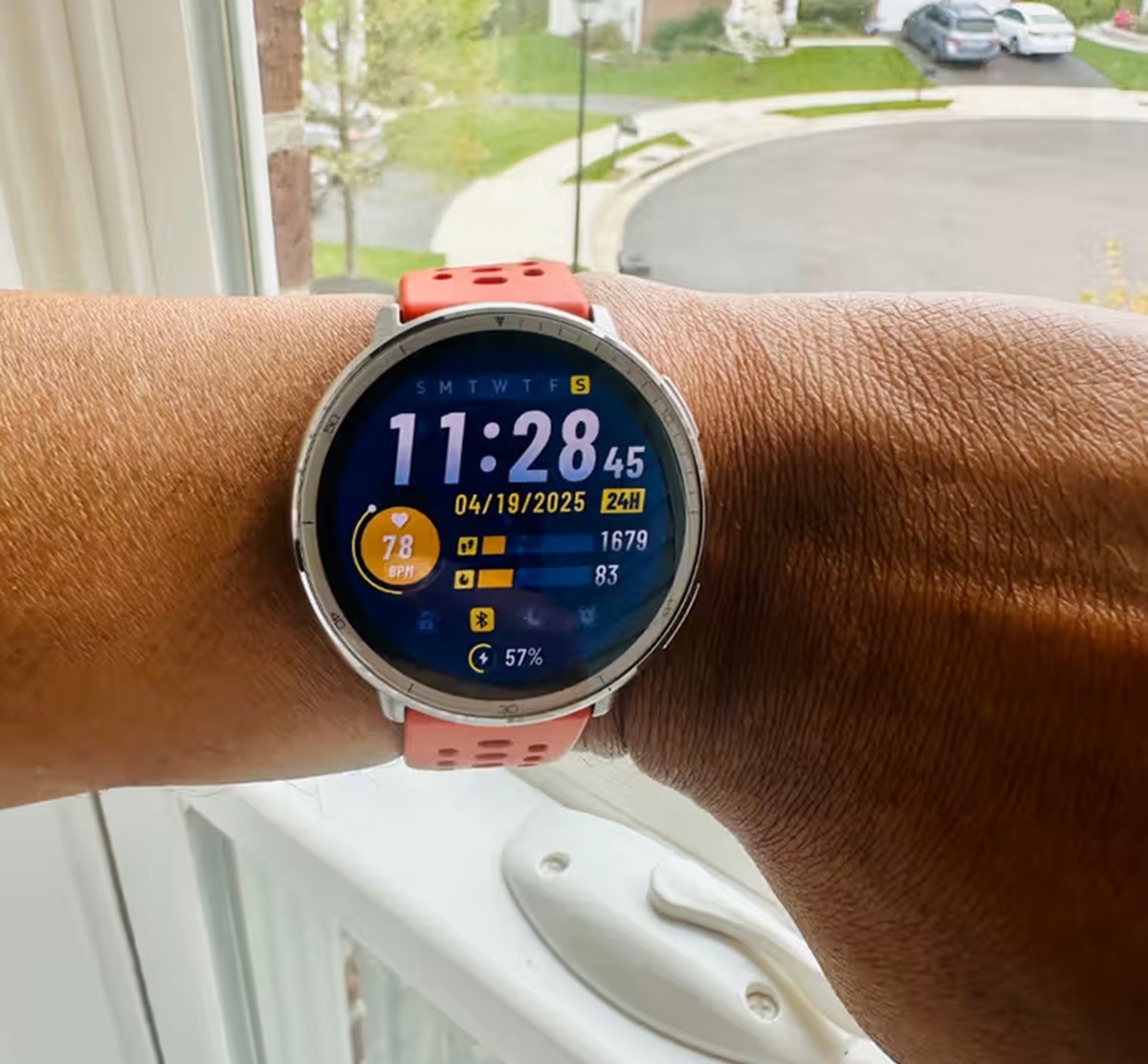
The Active 2 comes in both silicone and leather watchband options. Keep it casual for training, or dress it up for more formal settings.
Track your training with over 160 workout modes, follow personalized guidance from a Zepp Coach, and even use it just as a smartwatch, replying directly to texts and taking calls on the watch.
- Battery life: typical use 10 days, heavy use 5 days, continuous GPS 21 hours
- Satellite Connection: 5 satellite positioning systems
- Weight: Premium version: 31.65g; Standard version: 29.5g
- Size: 43.9×43.9×9.9mm
- Touchscreen: yes
- Available in 3 colors (silicone and leather)
- Available from us.AmazFit.com for $99-$129
Midrange GPS Watches
👉Garmin 570 ($549)
Sure, it’s an advanced watch but what you’re basically getting is a watch that allows you to take phone calls, play golf and track really specific multisport activities.
The Garmin Forerunner 570 is a fantastic watch for athletes who are very active beyond running. Particularly those who golf as it has some very specific features or those who do mountaineering, skiing or team sports.
It’s probably one of the most design-appealing watches that Garmin currently has out there. I’ve been asked a lot about the watch whenever I post about it on Instagram because of it’s unique coloring.
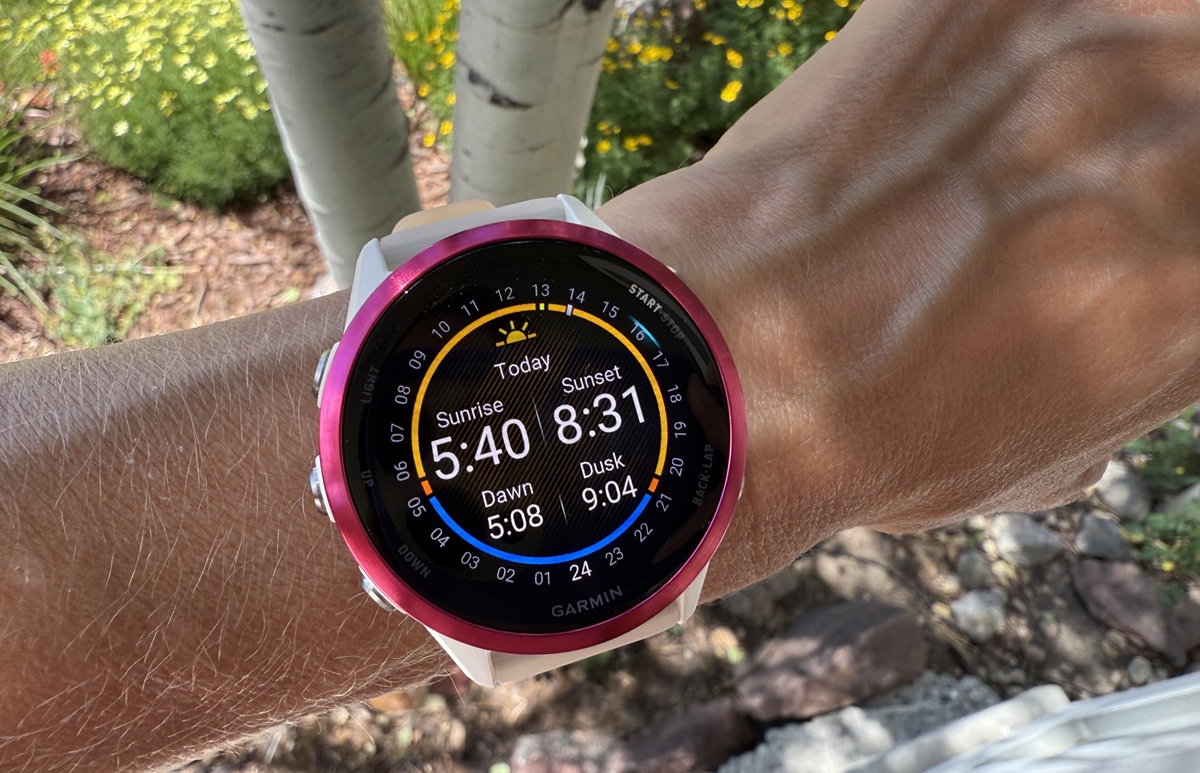
Garmin heard you loud and clear, on the face that a lot of you like your Apple watch is being able to take or answer a phone call. Well now, you can also call them right from your wrist kinda like Inspector Gadget.
Of course, like a lot of headphones, if it’s super windy, you’ll want to try to block the microphone for a better quality. And since it’s a small speaker, you aren’t taking a long walk while holding your wrist to your mouth, but it gets the job done.
For it being considered an advanced watch, it’s probably the Garmin watch with the battery life that goes very quickly. You can see from the specs below that it barely lasts 11 hours when used as a smartwatch. Just something to keep in mind!
- Battery life: smartwatch 11 days, GPS only 18 hours
- Satellite Connection: GPS, GLONASS, GALILEO
- Weight: 50 g
- Size: 47 x 47 x 12.9 (mm)
- Touchscreen: yes
- Available in 6 colors
- Available from Garmin.com for $549
- Read our full Garmin 570 review here>>
👉Amazfit Balance 2 $299
For everyone out there now on the running and Hyrox train, they heard you and have a watch to easily track both this! The Balance 2 is going to give you just about all the features we’re looking at with the Garmin 570, plus the ability to send a text message!
We did find that the HR readings were unreliable, the watch size is very large and the strap feels kind of cheap. But when it came to the GPS, stride, altitude and other standard workouts readings everything was coming in on par.
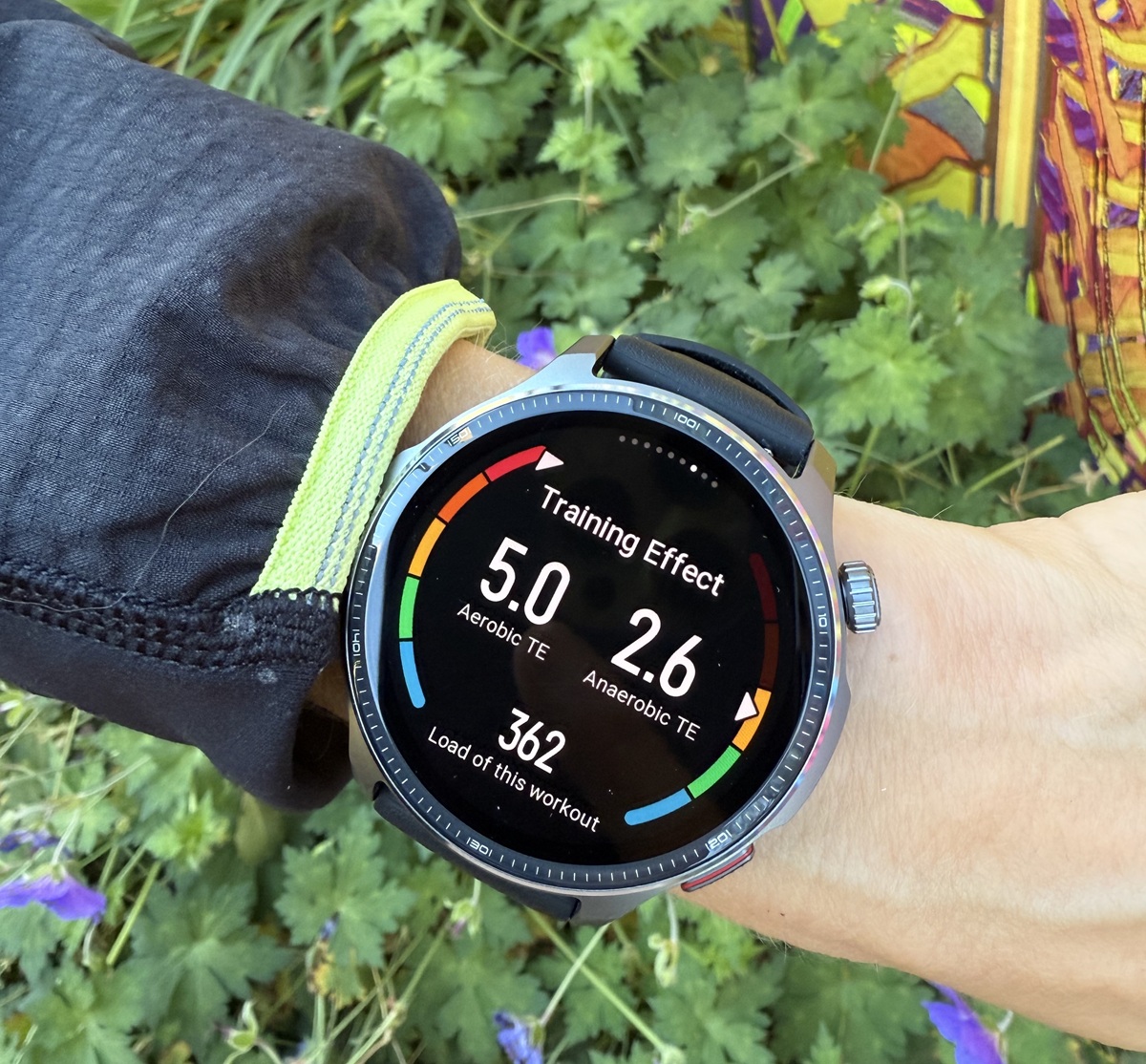 Zepp Health has created an app that lines up pretty close to Garmin. And you’ll find you can still easily adjust the data you want to see on each screen for your workouts.
Zepp Health has created an app that lines up pretty close to Garmin. And you’ll find you can still easily adjust the data you want to see on each screen for your workouts.
You can see here it’s got a large easy to read screen and it’s ready to help you track just about any style of workout you choose to do.
- Battery life: typical use 21 days, heavy use 10 days, accurate GPS mode up to 33 hours, power saving GPS mode up to 67 hours
- Satellite Connection: Dual-band, Circularly-polarized GPS antenna, 6 satellite positioning systems
- Weight: 43g
- Size: 47.4 x 47.4 x 12.3mm
- Touchscreen: yes
- Available in 1 color
- Available from us.AmazFit.com for $299
- Code TREADLIGHTLY will get you 20% off
- Read our full AmazFit Balance 2 review here >>
High-End Running Watches
👉Garmin Enduro 3 ($899)
One of the few watches that immediately got my stamp of approval for HR accuracy! It’s a beast of a watch, in terms of size, but I still wear it just about any time I’ll be hitting the trails.
It became my go-to for our mountain hikes, snowshoeing, and cross-country ski days.Since battery life is one of the things that stands out, let’s look at that.
- Smartwatch up to 36 Days/90 days solar
- Standard GPS mode 120 hours/320 with solar
- Solar charging means that you get extra on all the battery life settings, like up to 320 hours of GPS!
- Expedition mode is designed for multi-day activities to help you get that extended battery life
- Maps for navigation are one of the features that used to set this watch apart, but you can now get even more brilliant colors and maps on the 965.
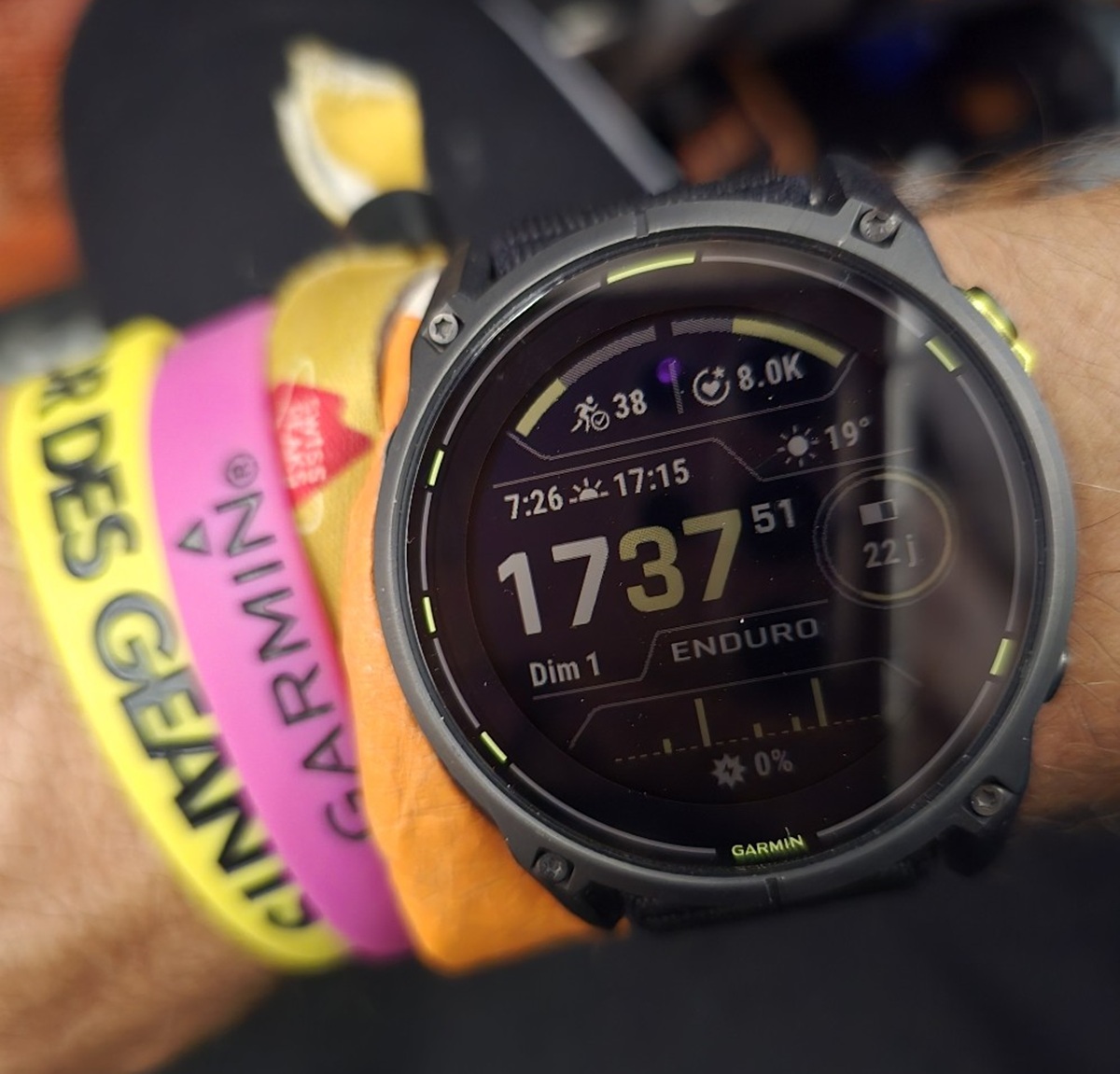
The Enduro 3 does have a brighter touchscreen, but it’s not the most colorful/brightest of the smartwatches; it still provides all your watch notifications. You can respond to texts from the watch if you have an Android.
- Battery life: smartwatch 36 days/90 days with solar, Battery save 92 days/unlimited w solar, GPS only 120 hours/320 hours w solar, Expedition GPS 77 days/unlimited w solar
- Satelite Connection: GPS, GLONASS, GALILEO, QZSS, BEIDOU
- Weight: 63 g
- Size: 51 x 51 x 15.7 mm
- Touchscreen: yes
- Available in 1 color
- Available from Garmin.com for $899
- Read our full Garmin Fenix 7 review here >>
👉Amazfit T-Rex Pro 3 ($399)
The best thing about this watch is its combination of the most advanced features on the planet without compromising simplicity.
Amazfit states that the T-Rex 3 Pro is “built for every adventure,” and they’re not wrong. This watch can power your long run or track your heart rate fluctuations.
It can remind you of your upcoming meeting agenda or tell you to get up off the couch, while also easily connecting to your power meter, heart rate monitor or guiding you through turn-by-turn directions for a long run in a new city.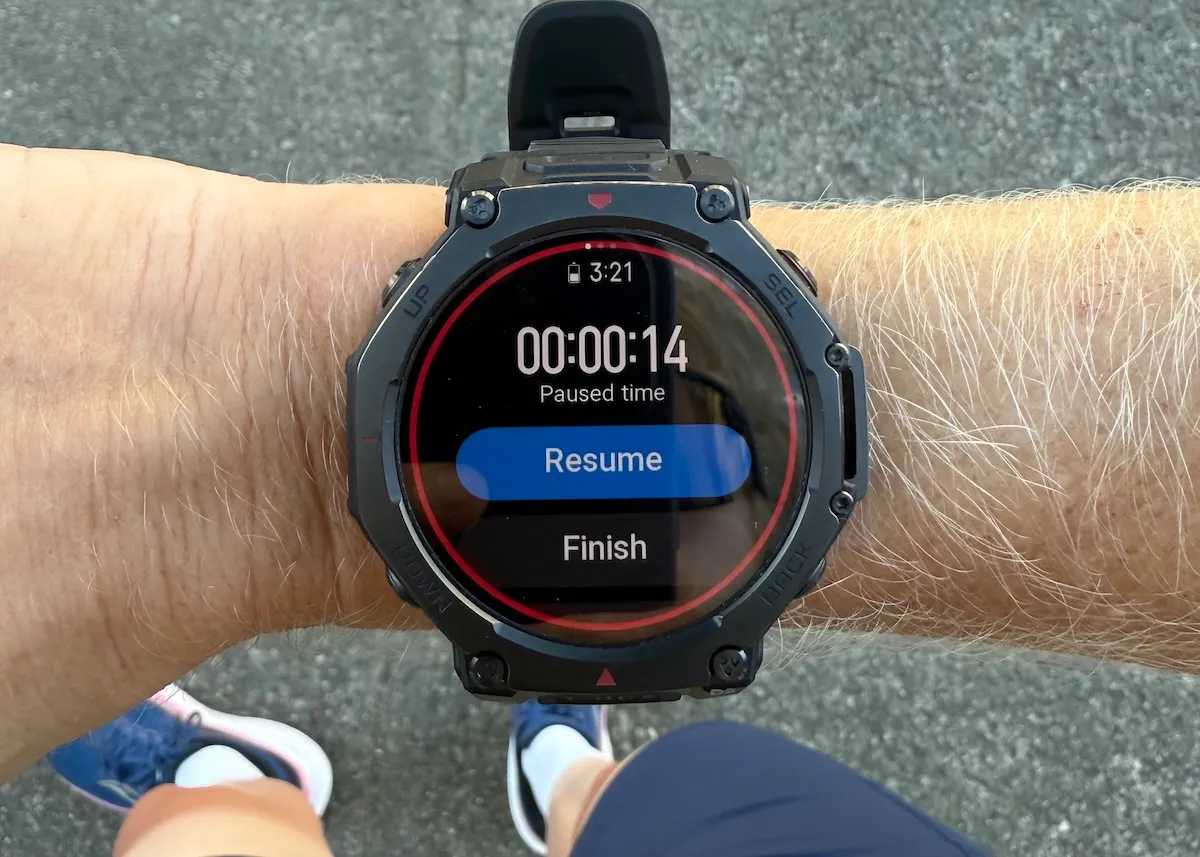 The user experience and journey were clearly created with athletes in mind. While you’re getting a watch that can do nearly everything, the consumer journey to achieve each task is simple.
The user experience and journey were clearly created with athletes in mind. While you’re getting a watch that can do nearly everything, the consumer journey to achieve each task is simple.
It has that higher-end feel, but far from that higher-end price tag… there’s almost an $800 difference between the AmazFit and Garmin watches in this category!!
- Battery life: typical use 25 days, heavy use 10 days, accurate GPS up to 38 hours, power saving GPS up to 74 hours, GPS long battery up to 85 hours, GPS Max battery up to 116 hours, low temperature GPS on up to 25 hours, Low temperature GPS off up to 25 days
- Satellite Connection: 6 satellite positioning systems, Circularly-polarized GPS antenna
- Weight: 52g
- Size: 48 x 48 x 14mm
- Touchscreen: yes
- Available in 2 colors
- Available from us.AmazFit.com for $399
- Read our full AmazFit T-Rex Pro 3 here >>
At the end of the day, it really comes down to what you want in a running watch.
Both Garmin and AmazFit have some great devices, though we have to admit, AmazFit’s lower price tag is pretty tempting.
If you’re a newer runner, choosing a brand will probably feel pretty straightforward. But if you’ve been using Garmin (or another brand) for a while, we get that making the switch can feel like a big decision.
We hope this AmazFit vs. Garmin comparison helped make your decision a little easier! As always, let us know what you decide to try and how your experience goes.
What to read next?
- Best HR monitors (from watches to straps)
- Best NordicTrack Treadmills (According to a Running Coach)
- Best Running Watches: A Complete Buyers Guide

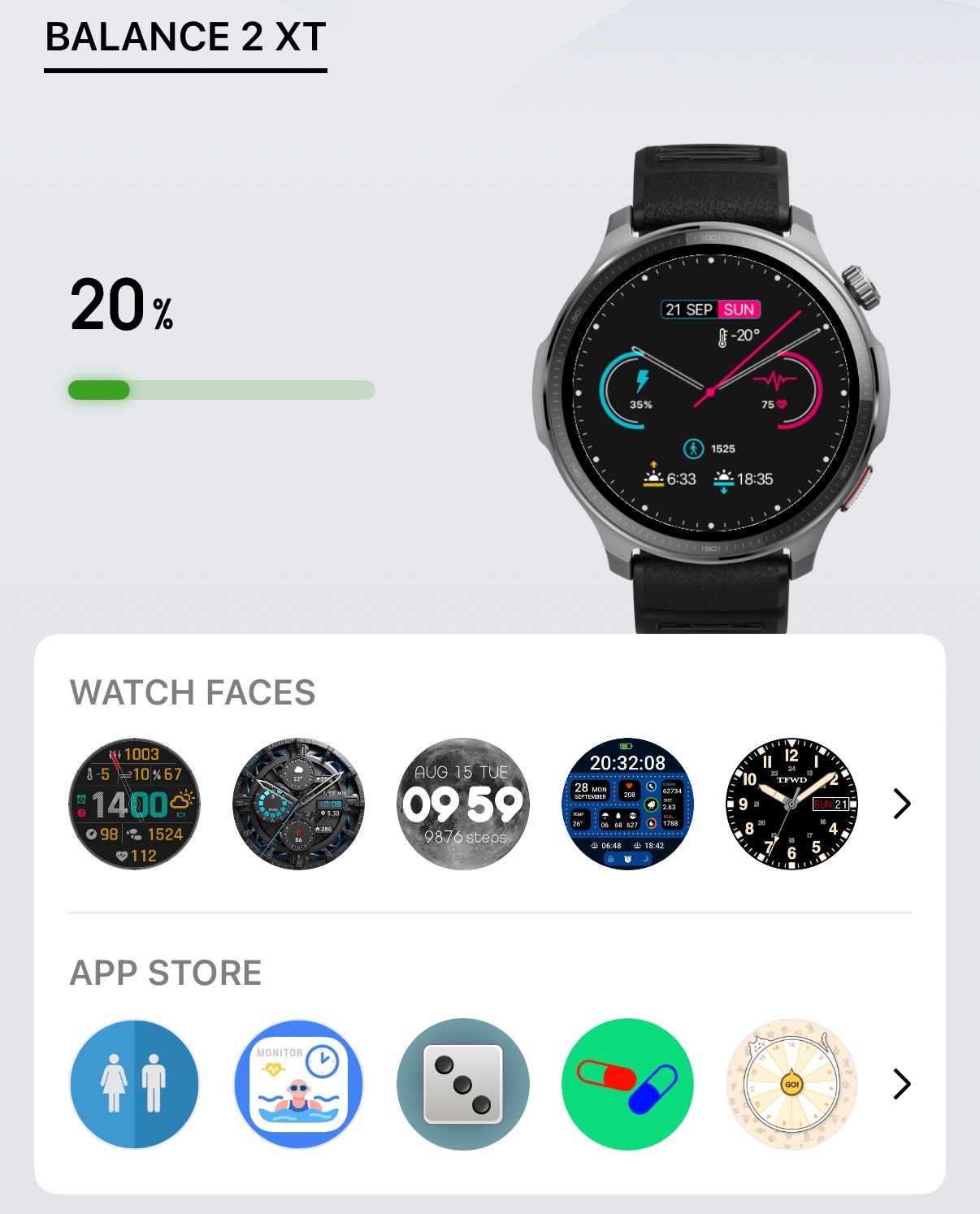


 Adidas Vs New Balance Running Shoes: Comparing Models
Adidas Vs New Balance Running Shoes: Comparing Models
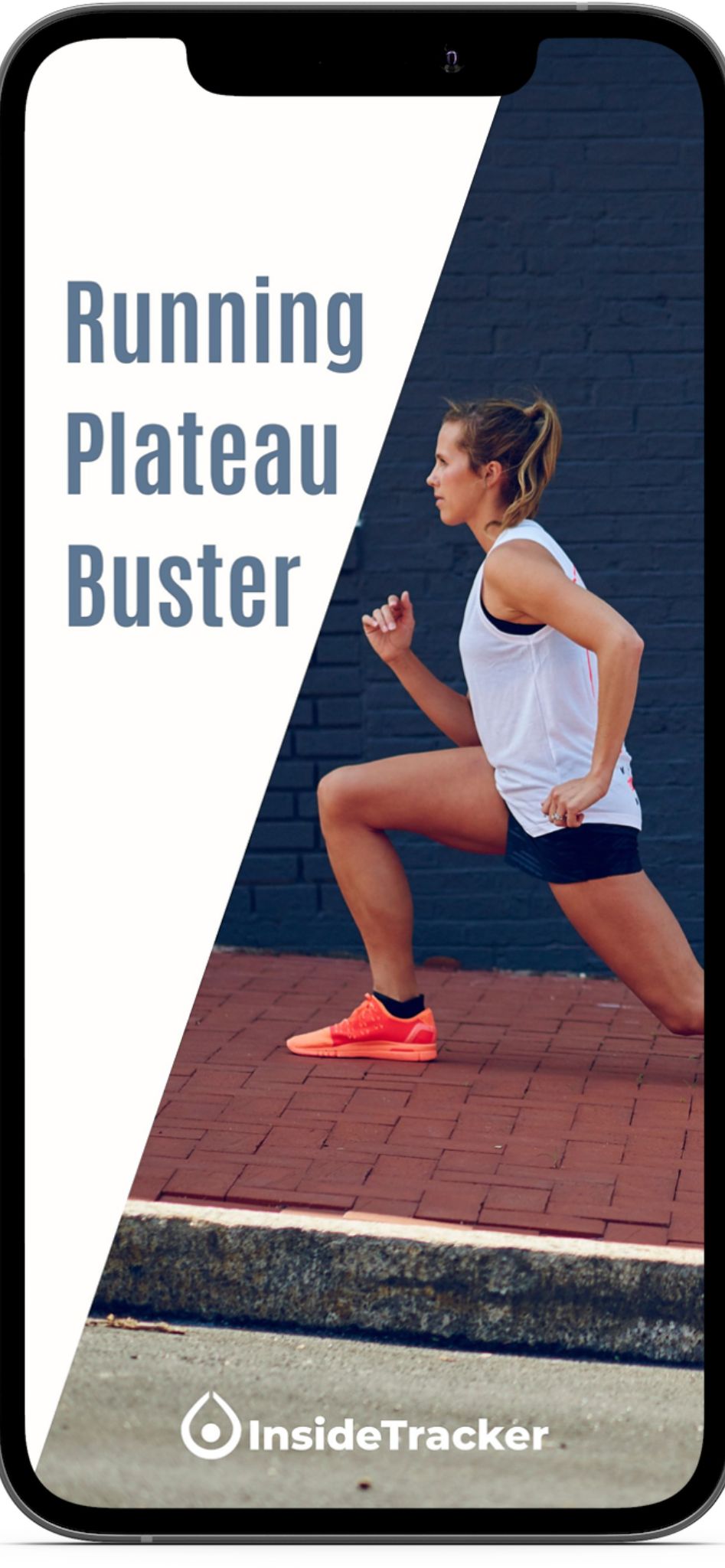
Leave a Reply